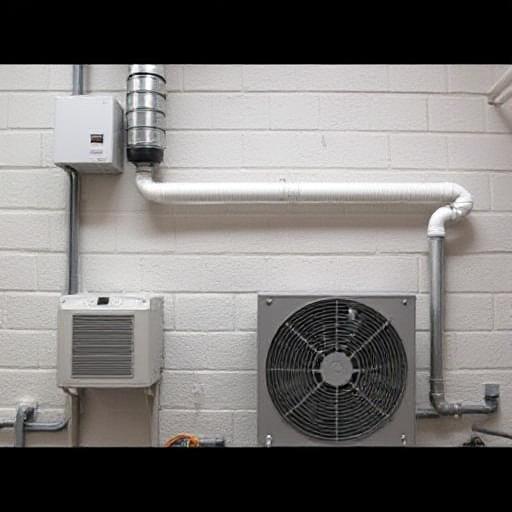How to Stay Ahead of HVAC Regulatory Changes in 2025
Hey there! If you’re part of the HVAC industry, you know that staying ahead of regulatory changes is crucial. As of January 1, 2025, the HVAC landscape in the United States is experiencing a significant shift with new EPA rules. But don’t worry, we’ve got you covered. Let’s dive into what these changes mean for you and how you can stay ahead of the game.
Understanding the New Refrigerant Requirements
Starting this year, all newly manufactured HVAC systems in the U.S. must use refrigerants with a Global Warming Potential (GWP) below 700. This means you’ll be seeing more of refrigerants like R32 and R454B, which have lower GWPs compared to the old R-410A. This phaseout of high-GWP refrigerants is part of a global effort to reduce environmental impact and align with climate goals.
Preparing for Increased Costs and New Technologies
The shift to compliant HVAC systems also means you’ll likely encounter rising costs. New systems could cost up to 30% more, with installation running between $6,000 and $8,000. However, some manufacturers may offer rebates to ease the transition. On the bright side, these new systems come with advanced features like smart thermostats and improved efficiency, making them a worthwhile investment.
HVAC Compliance Strategies to Keep You Ahead
So, how do you make sure you’re compliant and ready for the future? Here are a few strategies to consider:
- Stay informed about the latest EPA HVAC regulations and compliance requirements.
- Consider upgrading to systems that use A2L refrigerants for their environmental benefits.
- Explore options like the Ruud Econet 800 Series Smart Thermostat for smart energy management.
- Plan for potential cost increases and explore rebate programs.
- Partner with distributors and manufacturers who are committed to sustainability in HVAC.
Conclusion
The HVAC industry is evolving, and staying informed on regulatory changes is essential for success. By understanding new refrigerant requirements and preparing for advanced technologies, you can ensure that you remain compliant and competitive. Remember, these changes are designed to minimize environmental impact and promote sustainability in HVAC.
Ready to make the leap to new HVAC technologies? Contact your local distributor today!
FAQ: Navigating HVAC Regulatory Changes
What are the new EPA HVAC regulations for 2025?
The new regulations mandate that all newly manufactured HVAC systems must use refrigerants with a GWP below 700, such as R32 and R454B.
How will the R-410A phaseout affect my existing systems?
With the phaseout, production of R-410A will be significantly reduced, increasing costs for repairs on existing systems that still use this refrigerant.
What are the benefits of switching to A2L refrigerants?
A2L refrigerants have a lower GWP, making them more environmentally friendly and compliant with new regulations.
Why are HVAC system costs expected to rise?
New systems are equipped with advanced technologies and compliant refrigerants, contributing to the overall cost increase.
What steps can I take to prepare for these changes?
Stay informed, consider upgrading systems, explore rebate opportunities, and partner with sustainable manufacturers and distributors.


